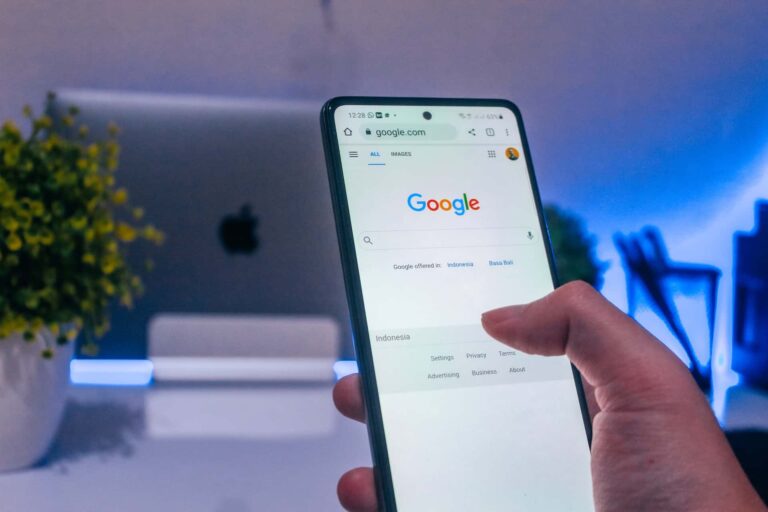
Though there’s ample promise in AR marketing formats like virtual try-ons – including quantifiable ROI – the adoption cycle is still relatively slow. One challenge is that the technology is too disruptive in its departure from the practices of comfort-bound Madison Avenue.
Google wants to change that. In addition to AR try-ons, immersive ads include 3D models shown on 2D screens (no upheld smartphone required) which are more accessible and less complex. This is the thought behind Google Swirl which brings both formats into search results.
Google pushed this vision forward last week with its new Beauty ads. This emboldens its ongoing AR ad ambitions in a fitting category: cosmetics. Users can simulate what lipstick, eyeshadow, and foundation shades look like on their faces before they make a buying decision.
This isn’t a new use case but Google has formalized it as a search ad format for advertisers to buy. This follows years of conditioning user behavior around AR shopping, which was to be inevitably followed by monetization. In that sense, AR syncs with Google’s core business.
Searching For Answers
Going deeper into the dynamics, AR Beauty ads let cosmetics brands offer virtual try-ons to boost conversions. These ads show up in mobile-specific search results pages (SERPs) where Google Shopping ads typically show up, such as Google Images and Shopping Tabs.
From the user’s perspective, product images in Google Shopping display an icon that indicates a virtual try-on is available. From there, they can preview what the product looks like on them (using the smartphone camera), or on a model they choose from a diverse selection.
To capture buying intent when it’s at its height, these try-on experiences hand off to Google Shopping’s native checkout flow. Based on Google’s internal data from past trials, one-third of viewers spend 80 seconds trying on lipstick, with measurable boosts in conversion that follow.
For reasons like this, AR marketing is projected by our research arm, ARtillery Intelligence, to reach $4.73 billion this year. Market share is led by sponsored lenses from social players like Snap. But Google could take share with AR marketing that’s delivered in search results.
It’s also worth noting that this isn’t Google’s first shot at AR cosmetics try-ons. It did something similar on YouTube in 2019 through display ads that appeared on the “how-to” videos of makeup influencers. Those ads, if viewed on a mobile device, activated the camera for virtual try-ons.
High-Touch
Stepping back, Google is smart to kick off all the above in the cosmetics category. Among all the verticals that are “fitting” to AR try-ons, cosmetics have gained the most traction. It got a meaningful boost in the Covid era when traditional high-touch retail try-ons were precluded.
The category also fits well because it’s particularly conducive to a try-before-you-buy eCommerce. Things like color matching are critical to makeup, and easily replicable in a simulated way that puts the product in perspective. Furniture and footwear do well for similar reasons.
Categories aside, AR shopping’s potential is boosted by another factor: Gen Z. The camera-native generation is more comfortable with AR shopping, and is beginning to develop expectations around it. This all points to the need for brands and retailers to future-proof themselves.
Speaking of future-proofing, that’s Google’s motivation. As it looks for ways to grow its search business, AR shopping is one way to add depth to the UX. Along with visual search (a cousin of AR try-ons) and voice search, these are ways to expand search’s surface area.






